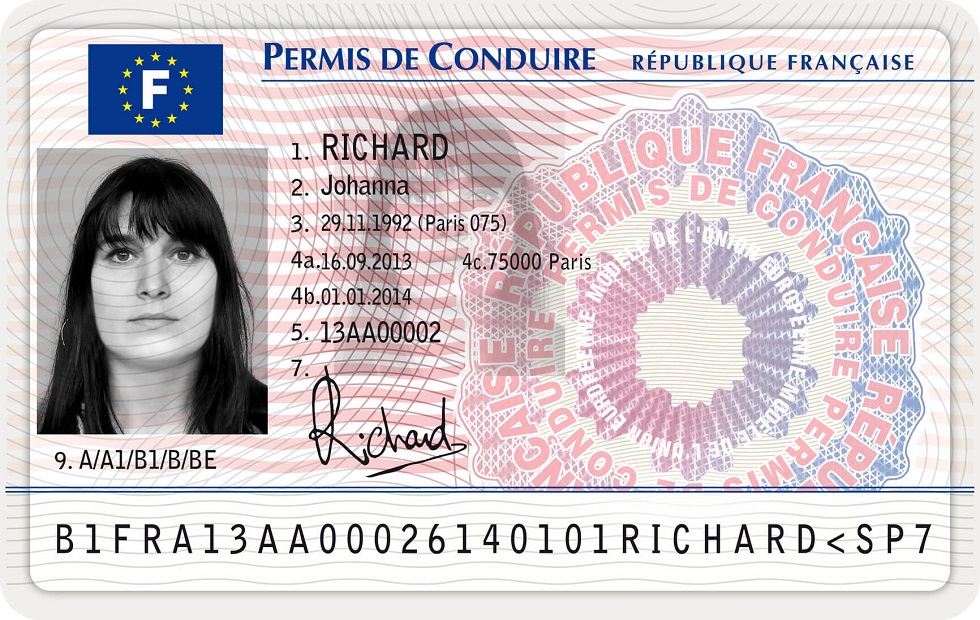10 Tips For Buy Driver's Permit That Are Unexpected
The Comprehensive Guide to Purchasing a Driver's Permit: Everything You Need to Know
Getting a motorist's permit is a vital action in obtaining the flexibility and autonomy that includes driving. Nevertheless, numerous prospective motorists may question the different procedures, requirements, and policies connected with purchasing or obtaining a motorist's permit. This article will comprehensively cover the necessary elements of getting a chauffeur's permit, including the various types of permits, documents needed, the actions for obtaining one, and regularly asked questions.
Comprehending Driver's Permits
Before diving into the specifics of obtaining a driver's permit, it is important to understand what a motorist's permit is. In the majority of jurisdictions, a chauffeur's permit (likewise called a learner's permit or provisional license) permits people, usually teenagers or new motorists, to operate a motor car lawfully while finding out the required skills.
Kinds of Driver's Permits
Permit Type
Description
Eligibility
Student's Permit
Permits brand-new chauffeurs to practice driving under guidance.
Normally released to teens after passing a written test.
Provisional License
An action towards a complete license, permitting without supervision driving with limitations.
Usually granted after holding a learner's permit for a given period.
Industrial Permit
Needed to run commercial automobiles like buses or trucks.
Needs extra screening and often age limitations.
Secret Differences Between Permits
Understanding the type of permit you need is vital. A student's permit is created for new chauffeurs, while a provisional license typically has constraints, such as limitations on nighttime driving or the variety of passengers allowed. In contrast, a commercial permit needs conference greater standards and extra testing.
Steps to Obtain a Driver's Permit
Acquiring a driver's permit usually involves a procedure that varies by state or country. Here's a basic overview of the actions involved:
Step 1: Check Eligibility
Each state has specific requirements for eligibility, generally including:
- Age Requirements: Most states permit minors (normally ages 15-17) to request a learner's permit, while grownups may use directly for a basic motorist's license.
- Residency: You should be a resident of the state in which you are applying.
Action 2: Gather Required Documents
The following documents are typically required when getting a driver's permit:
- Identification: Valid government-issued ID (passport, birth certificate, and so on)
- Proof of Residency: Documents like utility costs, lease contracts, or bank declarations.
- Social Security Number: Required in some states (check local guidelines).
- Parental Consent: If the applicant is a minor, a moms and dad or guardian's signature might be needed.
Action 3: Pass the Written Exam
Before taking the driving lessons, applicants need to usually pass a written test on traffic laws, roadway signs, and safe driving practices. Study products can often be discovered on the particular state's Department of Motor Vehicles (DMV) site.
Step 4: Complete Vision Testing
A vision test is typically needed to guarantee that the candidate can see plainly enough to drive safely.
Step 5: Enroll in Driver's Education
Although it may not be necessary, enrolling in a chauffeur's education course can be useful. These courses often cover safe driving practices, traffic laws, and practical driving abilities.
Step 6: Obtain the Permit
When all tests and requirements have actually been met, applicants can pay the necessary costs and receive their chauffeur's permit.
Costs Involved in Obtaining a Driver's Permit
The cost of obtaining a chauffeur's permit can differ substantially based on place and extra requirements. Here are some normal expenditures to think about:
Expense Type
Approximated Cost (GBP)
Application Fee
₤ 20 – ₤ 50
Composed Test Fee
₤ 10 – ₤ 30
Vision Test Fee
₤ 5 – ₤ 15
Chauffeur's Education
₤ 200 – ₤ 800 (varies widely)
Permit Renewal Fee
₤ 10 – ₤ 30 (if applicable)
Important Notes
- Practice is Key: In many jurisdictions, it is needed that drivers log a specific variety of practice hours with a licensed grownup in the traveler seat before they can take their driving test.
- Know Your Restrictions: Learner's authorizations typically include constraints. For example, driving at night or with other minors may not be enabled.
Regularly Asked Questions (FAQs)
1. Can I drive with a learner's permit?
Yes, however only under the guidance of a certified grownup who fulfills the minimum age requirement.
2. How long is a learner's permit legitimate?
The validity of a learner's permit varies by state, often ranging from six months to 2 years, depending on the person's age and driving experience.
3. Can I transfer my motorist's permit from another state?
This varies by area. Typically, you may need to retake the written and vision tests in your new state of home.
4. What takes Purchase Driver's License if I lose my learner's permit?
If you lose your permit, you normally require to report the loss to your local DMV and might need to pay a replacement charge for a new document.
5. Is driver's education compulsory?
It depends upon the state. Some states require completion of a chauffeur's education course before issuing a student's permit, while others do not.
Obtaining a motorist's permit is an important action in one's journey toward independence and mobility. By understanding the various types of licenses, requirements, and processes included, possible motorists can browse the course to obtain their licenses successfully. Always check your local guidelines, as they may have specifics that vary from this guide. Safe driving is crucial, and being well-prepared is the primary step toward ending up being an accountable motorist.
